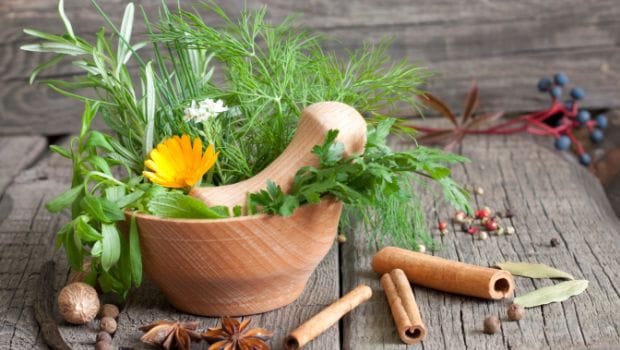These Five Plants Can Improve a Room’s Decor – and Your Health

It should come as no surprise that plants play a vital role in maintaining our atmosphere by absorbing carbon dioxide and releasing oxygen through the well-known process of photosynthesis. (Thanks, high school earth science class.)
But certain plant varieties go a step further by reducing airborne toxins, including carbon monoxide, formaldehyde and benzene, from the air we breathe in our homes and offices.
“With all the synthetic building components and furnishings found within a modern building, there usually exist myriad chemicals in the indoor air,” B.C.
“Bill” Wolverton, an environmental engineer and retired senior research scientist at NASA, said in an email. While at NASA, he was the principal investigator of the Clean Air Study, which discovered that certain houseplants had the ability to remove airborne chemicals and help purify the air in space stations.
Many household items, such as carpets, draperies and stoves, contain pollutants, and lots of commonly used goods, including glue, detergent, grocery bags, toilet paper and even facial wipes, emit toxic compounds.
“These chemicals are often found in low levels but combine to produce a chemical soup,” Wolverton said.
That doesn’t sound very appetizing.
Prolonged exposure to these pollutants, such as formaldehyde, can lead to health problems such as sore throats, scratchy eyes and nosebleeds, and long-term, serious ailments, including decreased lung function and an increased risk of asthma and cancer, according to the Agency for Toxic Substances & Disease Registry.
Luckily for us, several common houseplants double as natural air purifiers, efficiently and effectively absorbing and filtering out toxic agents from our indoor air. With winter on the horizon (and the Environmental Protection Agency’s estimation that Americans spend on average a whopping 93 percent of their lives indoors), it’s a great time to consider investing in one of these detoxifying plants.
We asked Wolverton, author of “How to Grow Fresh Air: 50 House Plants That Purify Your Home or Office” and “Plants: Why You Can’t Live Without Them,” to provide his top recommendations for houseplants that are readily available, easy to maintain and efficient at cleaning the air in your home.
– Lady palm
An adaptable, green plant known for its fan-shaped foliage, the lady palm can thrive in dry or humid environments, requires little sunlight and is resistant to pests. If you have pets, this might be your best bet, as it’s the only one on Wolverton’s list that is nontoxic to animals. (The others should be kept out of reach.) It filters out formaldehyde, xylene, toluene and ammonia.
– Rubber plant
The rugged rubber plant does well in dim lighting, prefers humid conditions, and is resistant to pests and diseases. The easy-to-grow plant, known for its large, glossy green leaves, also absorbs toxins such as formaldehyde, xylene and toluene from the air.
– Golden pothos
Commonly displayed as a hanging plant, this fast-growing vine, distinguishable by its heart-shaped, gold-tinted leaves, can survive in low lighting and thrives in colder temperatures (great for chilly offices). It also fights nitrogen dioxide, carbon monoxide and formaldehyde.
– Peace lily
With its lance-shaped leaves and striking white blossoms, these shade-loving evergreen plants will brighten any home or office while also ridding the air of acetone, ammonia, benzene, formaldehyde, trichloroethylene, xylene and toluene.
– Snake plant
This perennial is a great pick for first-time plant owners, as it requires little sunlight or maintenance to keep it alive. Known for its textured, upright, swordlike leaves, the potted plant also filters formaldehyde, xylene and toluene.
As a rule, Wolverton recommends one plant per 100 square feet of home or office space, provided there isn’t a serious indoor air quality problem. He also recommends a mixture of houseplant varieties, as plants have different affinities for various toxins. At his home, he displays 12 plant varieties, with 25 to 30 plants indoors at any given time.
[“source-ndtv”]